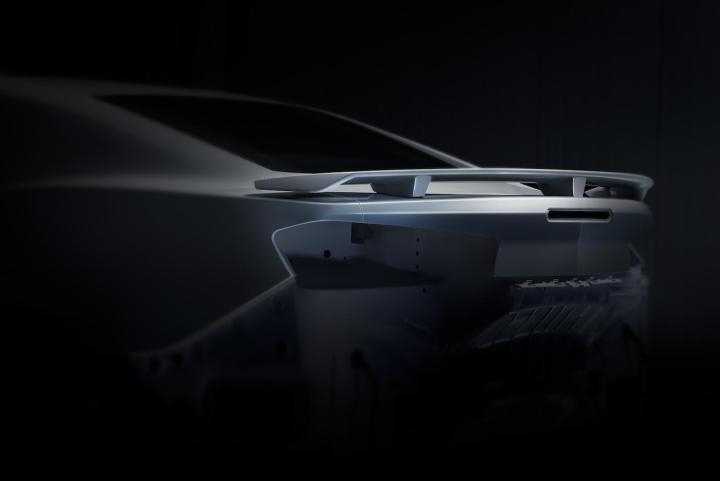
These new dramatically shadowed images give us glimpses of the Camaro’s new rear fender and hood design. This is meant to convey that the next-gen muscle car has toned things even further.
“The Camaro went to the gym and came out with a lithe, more athletic physique for the sixth generation,” said Ed Welburn, vice president, GM Global Design. “It’s a more expressive evolution of the Camaro’s iconic character – and one that complements its leaner size and sharper reflexes.”
From what we can tell, the exterior seems to shape around the mechanical structure of the vehicle, particularly with the hood. The cover sports sharp creases to give it a sense that it’s shrink-wrapped over the engine.

Around the back, the Camaro’s flank will still have the distinct, broad rear fenders we’ve come to know and love. It’s been given a few more details, as one would expect, like subtle creases that are supposed to make the entire car look lower and wider than it really is. While the car doesn’t exactly retain the same dimensions, we know that The final product will only be marginally bigger than the outgoing model.
While we’re fans of style, we’re fans of form following function, and the Camaro will have to do a lot of functioning if it’s going to go toe-to-toe with the recently refreshed Ford Mustang. We’re confident, though, that the look will be as aggressive as the performance.
Chevrolet will show us the Camaro in its entirety in just a couple short weeks, pulling off the covers at a special event in Detroit’s Belle Isle Park on May 16th.


